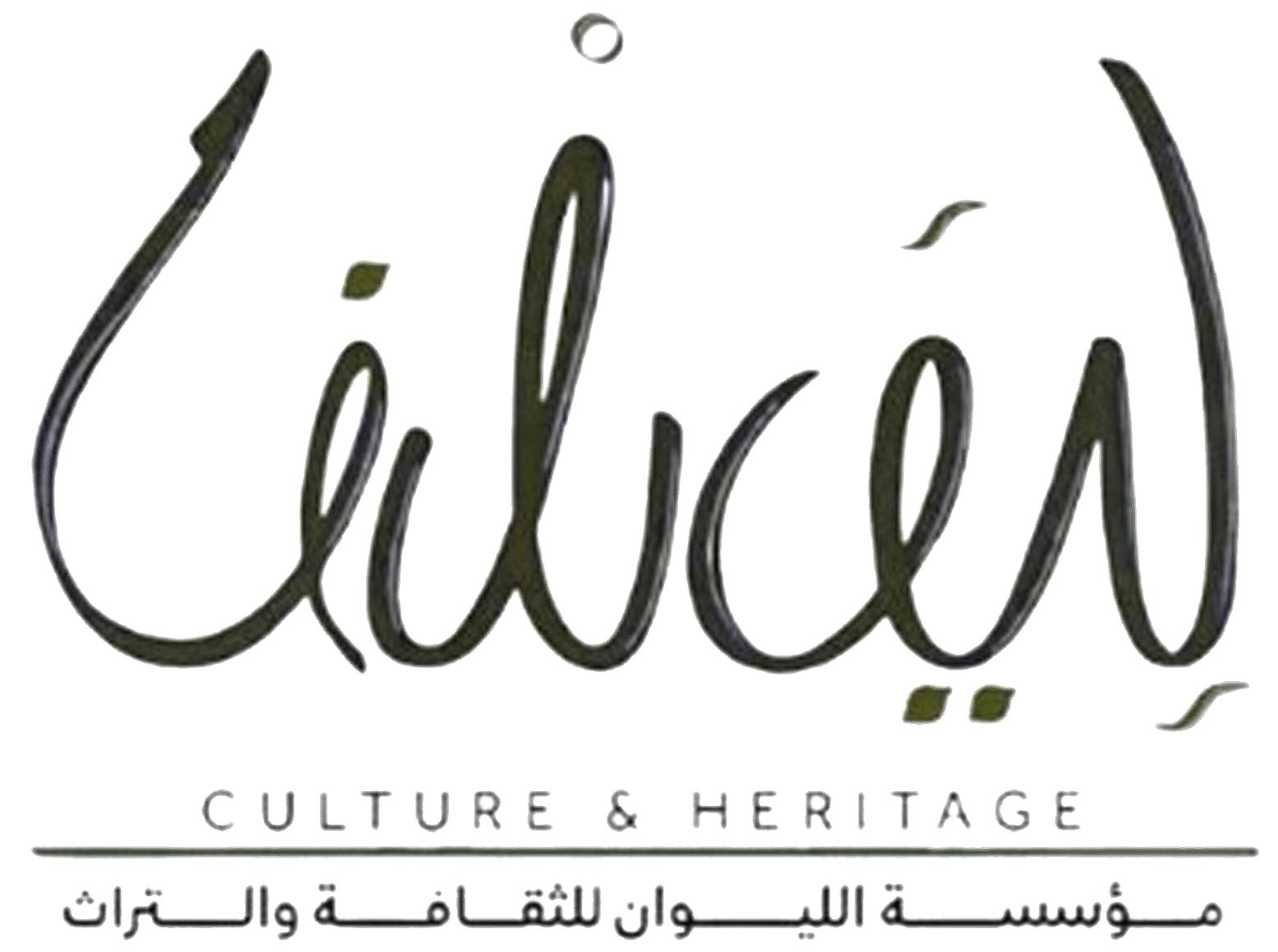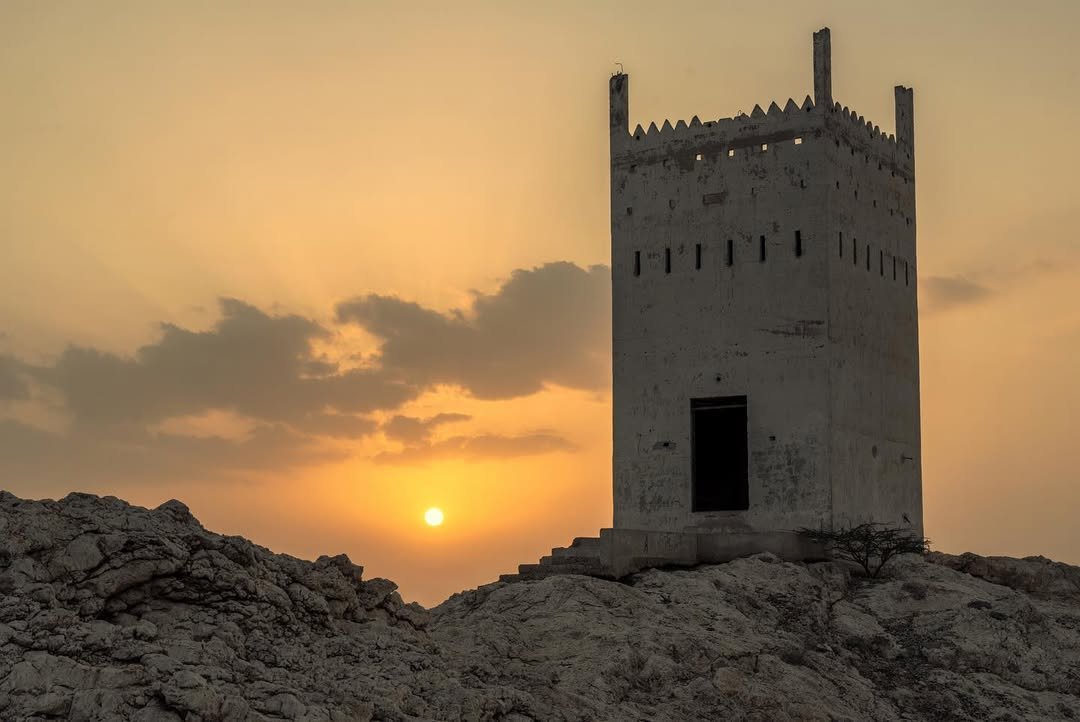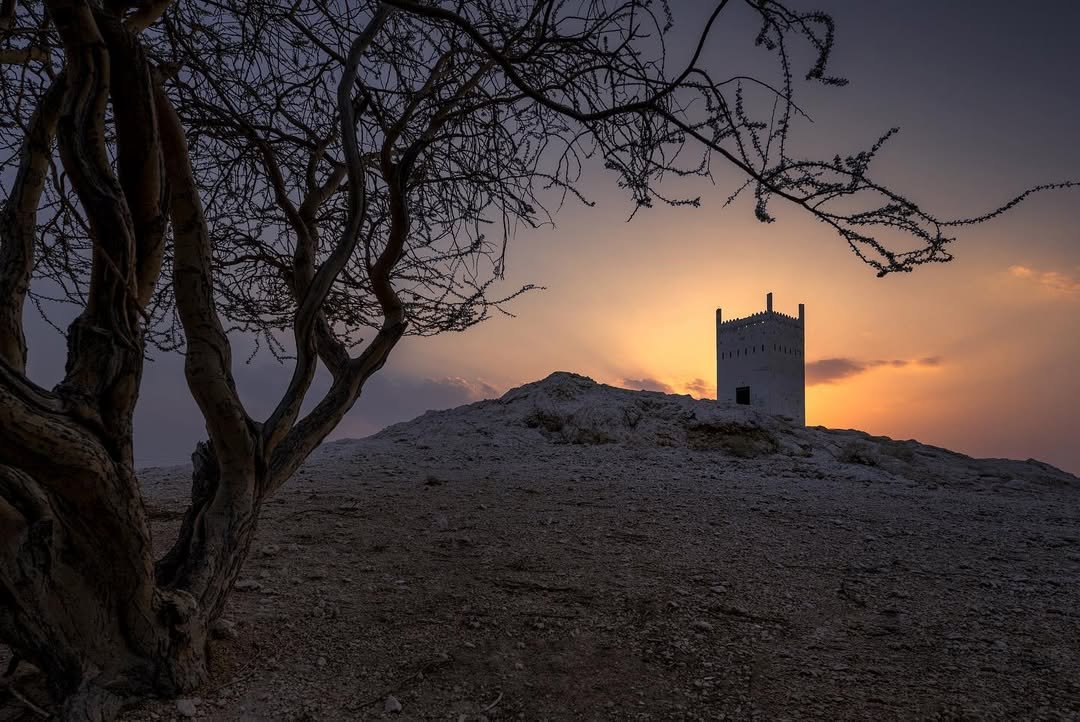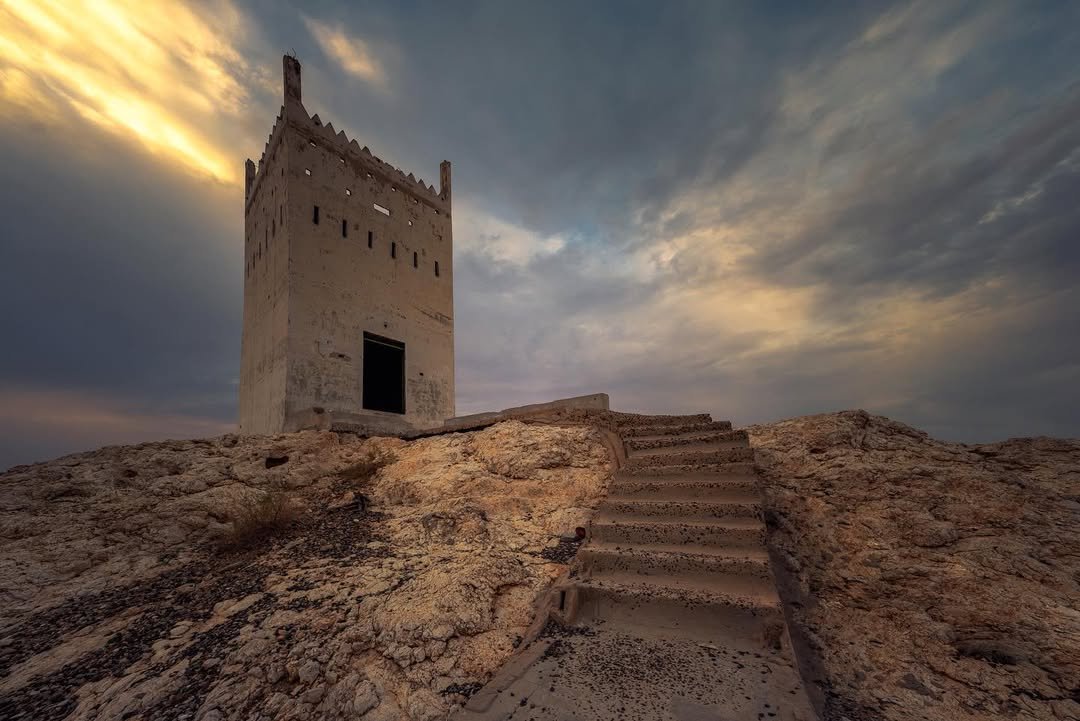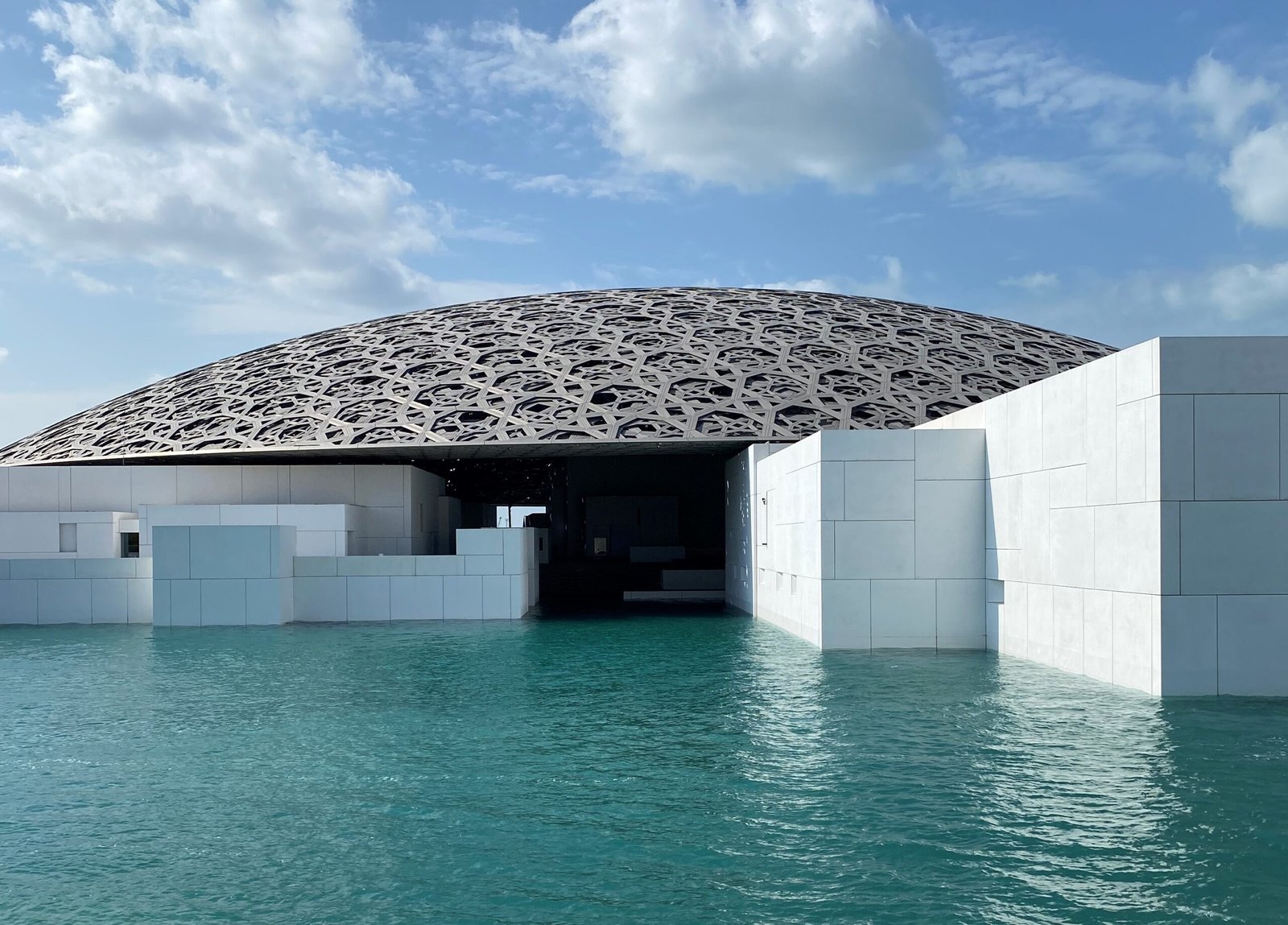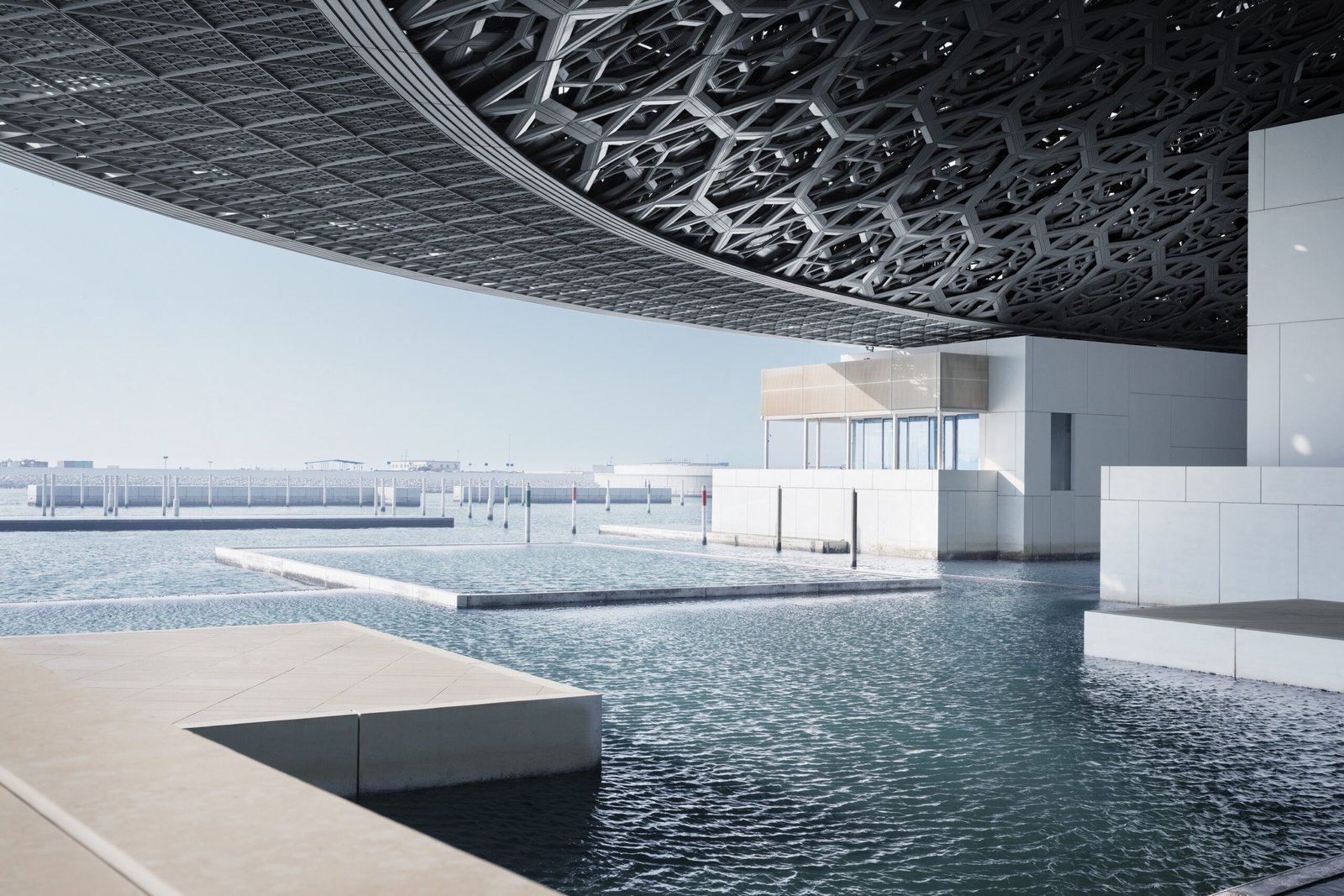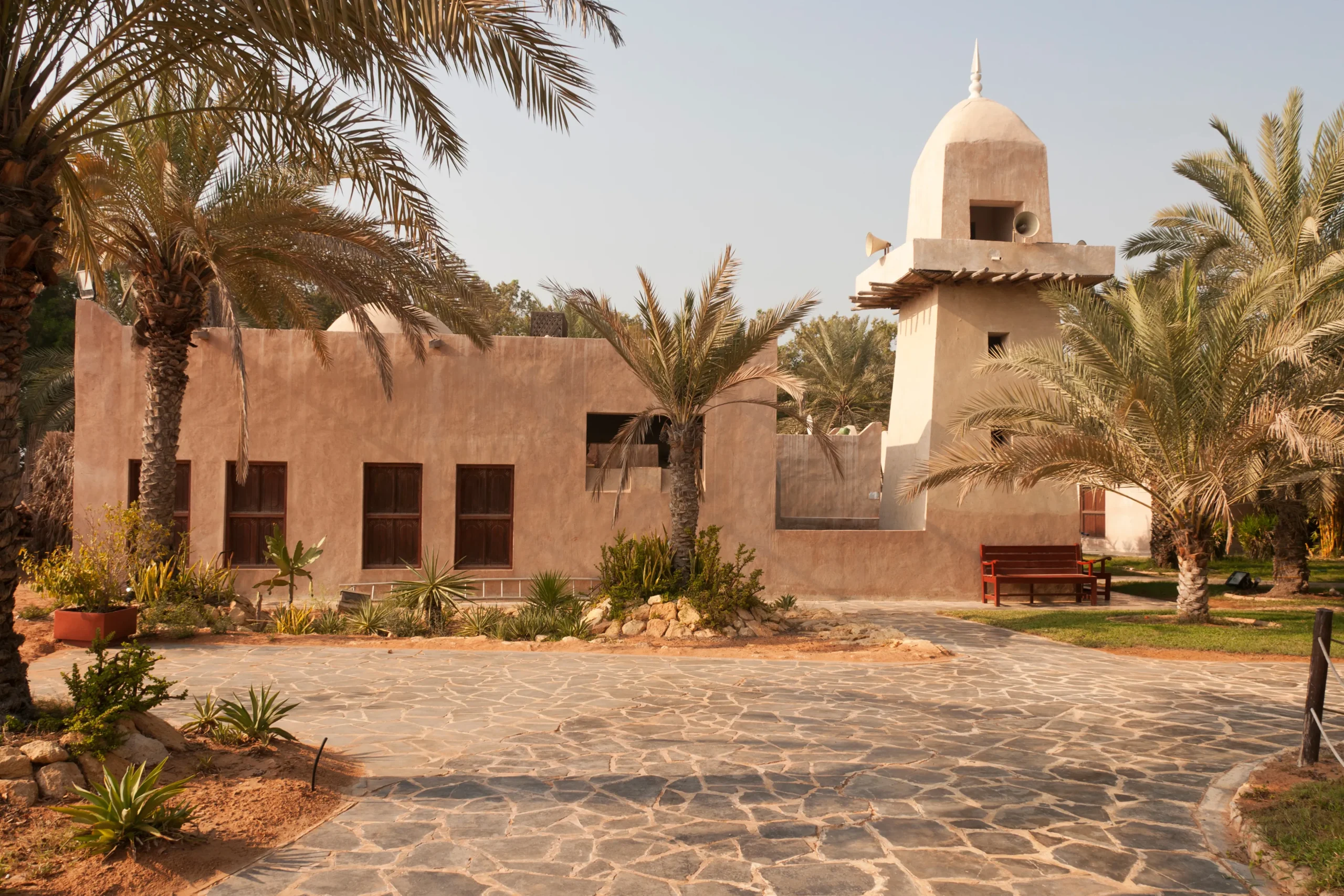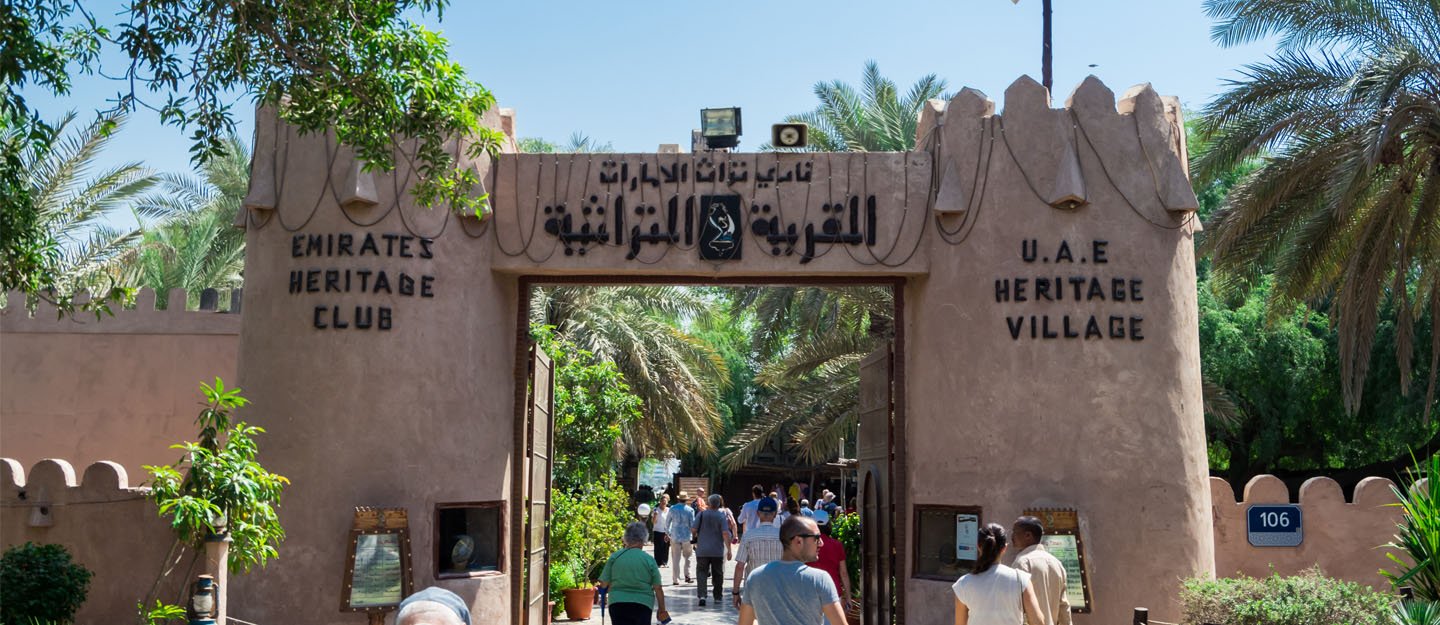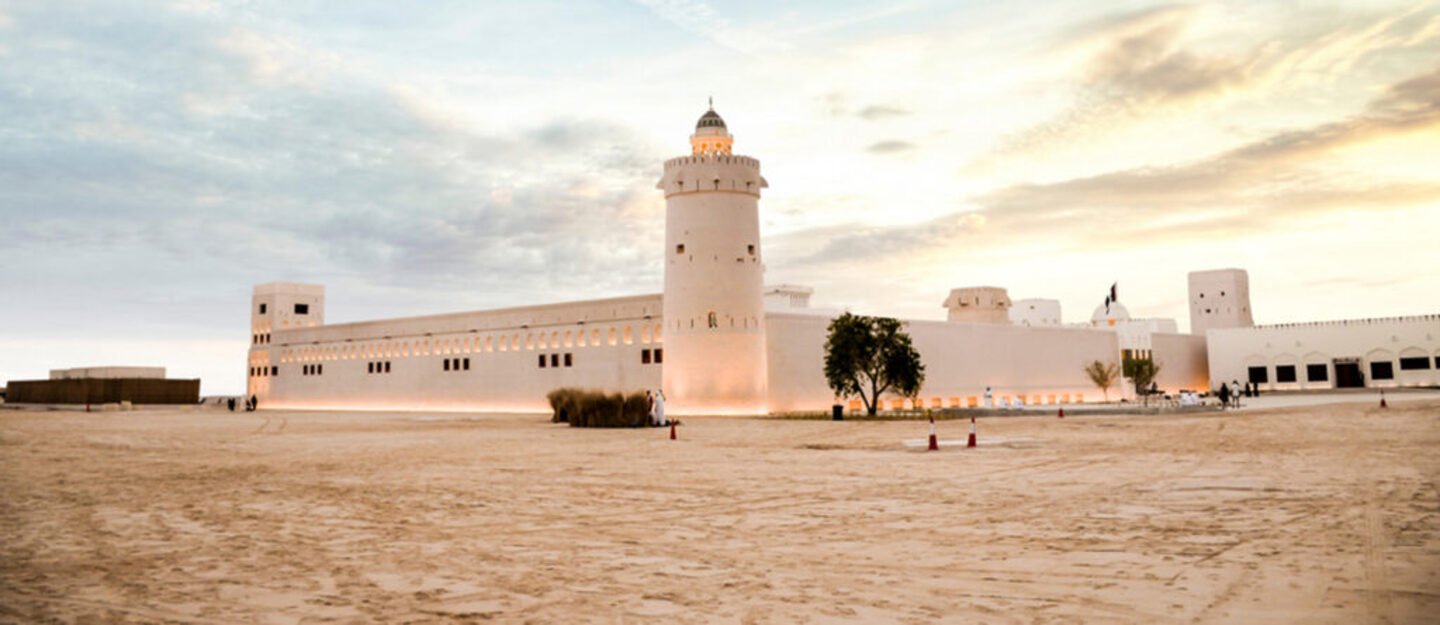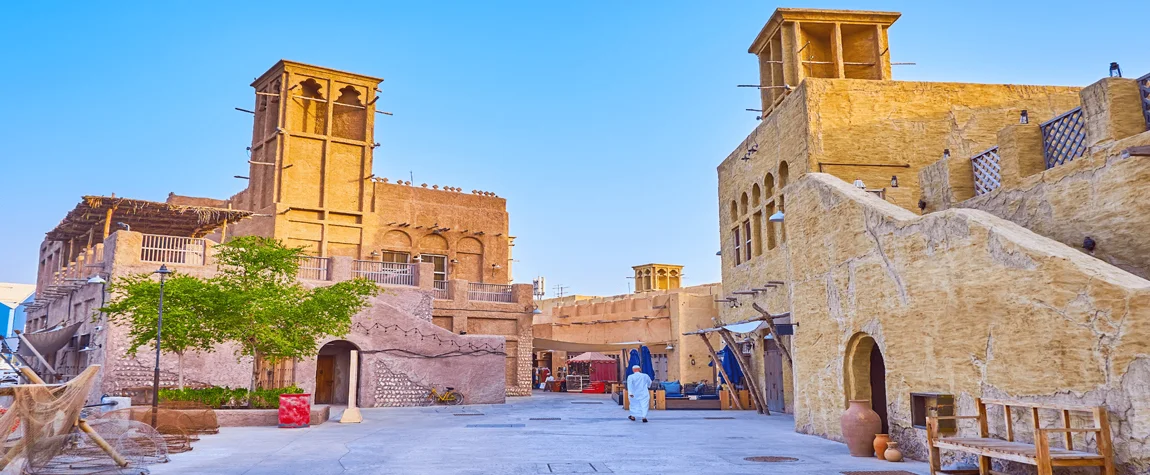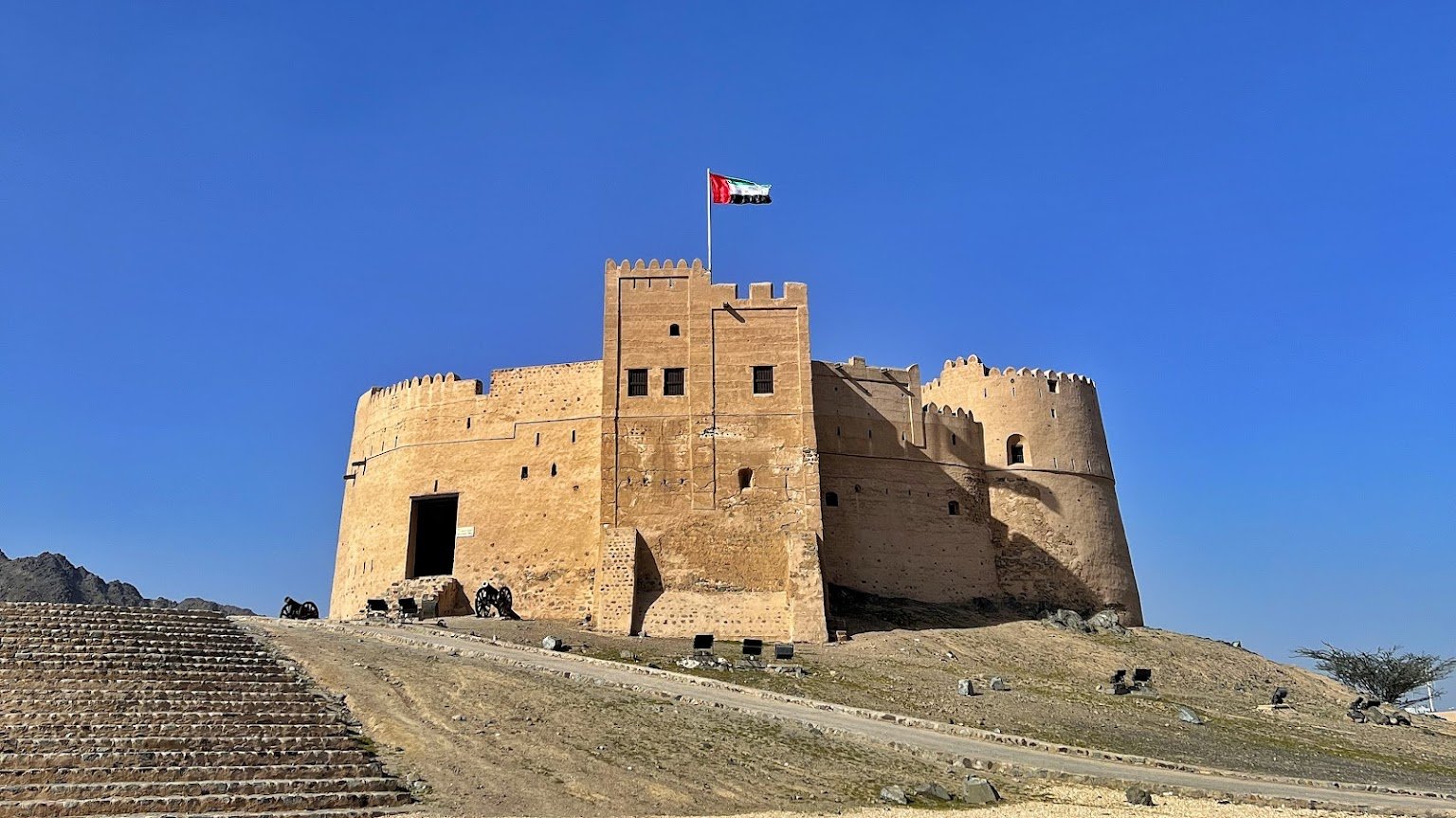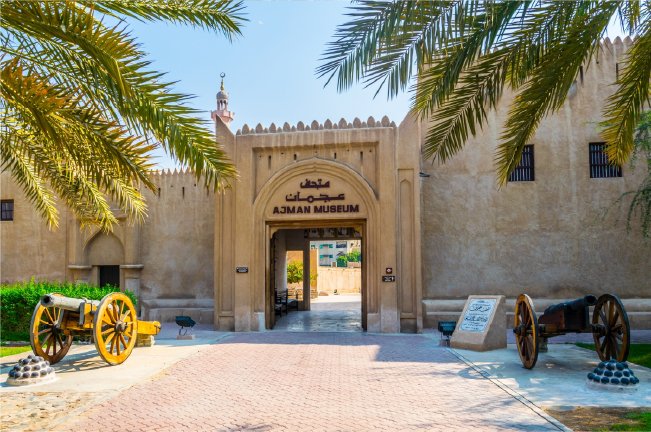Heritage authorities in the UAE
The United Arab Emirates attaches great importance to preserving its rich heritage and enhancing its cultural identity. This is achieved through a number of governmental and official bodies and institutions that play a key role in this field.
Foremost among these is the Ministry of Culture and Youth, which oversees the development of cultural policies and strategies nationwide and supports heritage and artistic events and projects that enhance national identity.
The Department of Culture and Tourism in Abu Dhabi also stands out, focusing on the protection of the emirate's tangible and intangible heritage. It oversees important historical landmarks such as Qasr Al Hosn and the Heritage Village, in addition to organizing prominent festivals such as the Qasr Al Hosn Festival and the Culinary Arts Season.
In Dubai, the Culture and Arts Authority (Dubai Culture) spearheads numerous cultural and heritage initiatives, such as the revitalization of the Al Fahidi Historical Neighborhood and the Shindagha Museum, as well as annual events such as the Shindagha Heritage Days. In Sharjah, a pioneer in the field of heritage, the Sharjah Institute for Heritage organizes training programs and festivals such as Sharjah Heritage Days, while the Sharjah Museums Authority oversees specialized museums showcasing various aspects of Emirati heritage.
The emirates of Ajman, Ras Al Khaimah, Umm Al Quwain, and Fujairah also host cultural and media departments and bodies dedicated to popular heritage, organizing heritage events and markets such as the Fujairah Friday Market and falconry and hunting festivals.
In addition, the Emirates Architectural Heritage Society plays an important role in documenting and preserving traditional buildings and architecture, while the National Archives and Library in Abu Dhabi collects historical documents and photographs and conducts studies that preserve the country's oral and cultural memory.
In Dubai, the Hamdan bin Mohammed Heritage Center is prominent, focusing on intangible heritage such as Nabati poetry, Emirati singing, folk games, and falconry, and organizing championships and competitions to preserve these legacies.
Together, these institutions play a pivotal role in protecting the UAE's tangible and intangible heritage, holding heritage festivals and educational workshops that introduce new generations to their ancestors' heritage. They also cooperate with UNESCO to register elements of Emirati heritage, such as falconry, Al Ayyala, Arabic coffee, and Al Sadu, on the World Heritage List, ensuring that this heritage remains vibrant for future generations.
